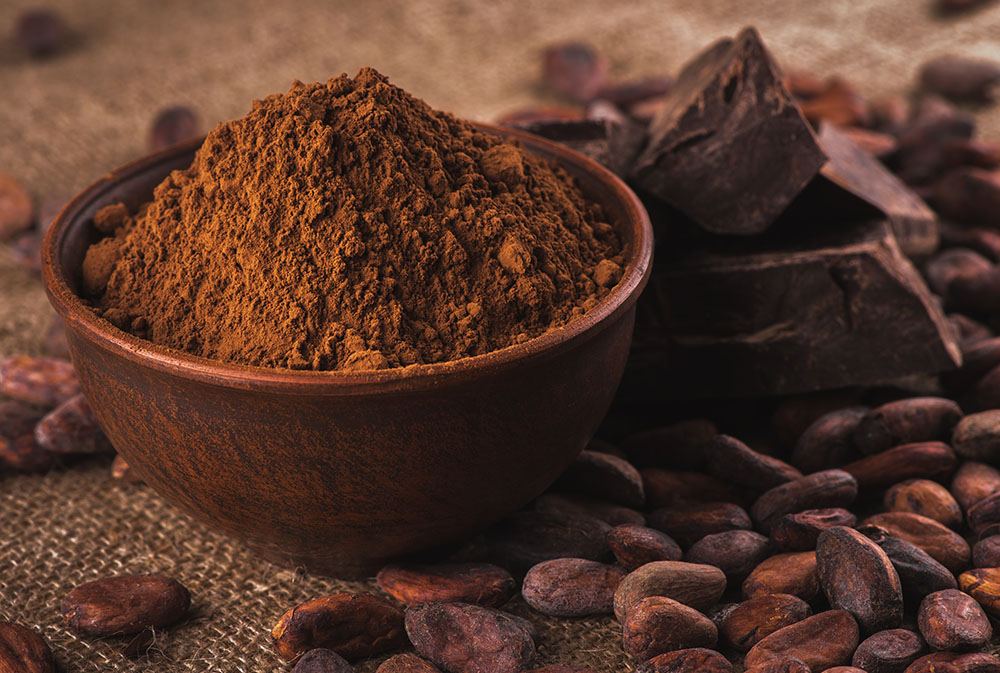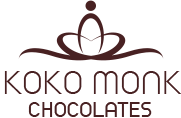
05 Oct What Raw Chocolate Really Is?
First things first, raw chocolate is made directly out of raw cacao beans. The beans might be fully fermented, lightly fermented or unfermented. Then the rest is built on how you process the beans, how you grind, how you conch, and how you melt for final tempering.
At every stage from fermenting to drying, from conching (grinding) to melting and tempering, cacao beans are subject to a certain amount of heat and the very amount of this heat is the heart of “raw chocolate” theory.
Although there is no absolute agreement about it, there are various temperatures accepted as the threshold of raw food by raw food communities. These are 104 degrees F, 116 degrees F (one of the most commonly accepted temperature) and 118 degrees F or in between these temperatures.
Because there is no regulation or official definition of “raw chocolate” every chocolate maker interprets these temperatures in a different way but one thing for sure that these temperatures are around as a reference because of one central element in the raw food movement which is the enzyme. All these temperature ranges are just empirical numbers that scientists, dieticians, and physicians found when they were examining the activity of enzymes in raw food. In other words, if you figure a way to keep the enzymes active without denaturing them, you can process your bean at whatever temperature you want and still have a raw chocolate theoretically. But in the case of fresh fruits and vegetables, the threshold temperature for the deactivation of enzymes is generally around 116 degrees F.
So the question is, “Does every food need to be subjected to the same temperature range for their enzymes to be deactivated?” Well, in the case of cacao, this is such an interesting question. If you know anything about cacao, what geographic region it grows, how farmers ferment and/or dry their cacao beans. How they grind the beans etc you can easily see that there is no chocolate which has not usually passed these temperature ranges at some point during the overall process.
For example,the temperature of the drying process of the beans on the concrete floor under the equatorial sun sometimes reaches around 140F for even unfermented beans. Most of the traditional fermentation techniques that farmers apply also cause the temperatures to jump way above the raw threshold of 116 F. Does that means that the enzymes of the cacao beans are already deactivated? The answer “No”, of course not. Quite contrary, fermentation activates most of the enzymes in the bean which gives the characteristic flavor profiles to every cacao bean.
In other words, every food, every enzyme has its own unique molecular compositions which react differently to heat or cold based on its chemical composition and water content. Imagine the highest temperature in Bolivia in 2015 was 116.7 degrees F. It was 120degrees F in Ethiopia, and 125.6 degrees F in Mexico (www.mherrera.org/temp.htm). Based on these temperature ranges, any cacao beans coming from these countries cannot be raw, can hey?
Of course not. The trick is “the center,”“the heart” of the idea of “raw chocolate” which is
- To eat your chocolate as a whole food rather than as a white sugar ridden, and potassium carbonate processed candy that is also pressed and separated into cocoa powder and cocoa butter (which destroys 80% of the nutritional and medicinal benefits of whole cacao).
- To show respect to the natural form of the food, and to allow it to blossom in peaceful processes that will connect the cacao to its origin as a 3,000 year old medicinal and sacred food not as a commodity or candy without damaging its enzymes and all other medicinal nutrients.
Here is a short definition for you:
Raw chocolate is a whole, organic food with live enzymes which is sweetened with natural sweeteners rather than processed, de-naturated sweeteners such as white sugar and the like.
*********
I was lucky to work with some of the most amazing cacao beans from Central and South America as a pastry chef and chocolatier. As a principle, I never had a pre-determined frame of approach to any bean. All I saw was two equal, biological organisms that were face to face with each other: me and that unique, single origin, usually wild harvested cacao beans. The rest is a magical and very interesting true relationship.
The essence of this approach is this:
You taste the beans as they are, without forcing it in any direction; Then you stone grind it/conche it. Sometimes for days, or for a week or more, you keep going with stone grinding non stop while you taste it every day, and interact with your beans to witness how the chocolate is evolving, how the acidity rounds itself on unbelievably complex flavors. It is like observing a creature turning into something totally different than what it was; More and more beautiful, like a performance artist, a dancer in the darkness of your mouth getting better and better in her every show.
Sometimes people ask how one can know if the chocolate is raw or not while tasting it. Well, the answer is this:
If it is a processed chocolate, it will perform all of its gig on a narrow corridor on the middle of your tongue, like a short distance commuting street car which will dump your taste buds in the middle of nowhere. All you will feel is some sort of unfinished, unsatisfied foreplay, that something teased with you but didn’t give what you needed. By the way, 99.8 % of chocolate companies in the world use potassium/sodium carbonate processing on their chocolate making process, which is also known as Dutch processing. This process damages the beneficial enzymes of raw whole cacao and is responsible to kill the whole food aspect of the chocolate and create a candy out of it, It is also shocking to learn that, other than a few companies, it is almost impossible to find a chocolate company who produces un-dutched chocolate in whole of Europe.
And believe me, when you put a little piece of raw chocolate on the middle of your tongue, you will immediately realize it is a real, whole food as your taste buds quiver with excitement). In the middle of your mouth, not just a few of your taste buds will feel that there is something going on; but your whole mouth, your whole tongue, your gums, even your cheeks will be greeting this long expected guest in every cell of them. Of course the natural result of this experience will be total satisfaction. All those undamaged minerals, vitamins, and natural chemical compounds (over 330 of them) together with immense amount of antioxidants in their natural forms, will be greeting your body and triggering all sorts of satiety hormones, digestion hormones, etc.
The reason for this overwhelming and beautiful interaction is because whole foods are loaded with information in forms of nutrition. When you consume them in their natural forms, in a way we can say that everybody knows each other when they meet. Your brain starts to produce all required hormones and or acidity for your digestion while the food is still in your mouth and your taste buds are sending all those magnificent, flavorful nutrition signals to your brain. Because the food and our body is coming from the same source, same origin, same universe…
The result of this incredible interaction is inevitable: total satisfaction with a little piece of real chocolate, rather than loads of junk that impairs your body and your soul to find any meaning in it.
If you find this claim hard to believe and want to experience this phenomenal feeling, please be our guest. We will let you taste both top of the line European style processed candy and raw chocolate with natural sweeteners side by side (we use either date, coconut, or maple, honey or zero calorie monk’s fruit as a natural sweetener due to their lower glycemic index and nutritional benefits).
Thank you for reading our little rant and rave article. Please do not hesitate to let us know if you have any questions.
A last word:
Whether the live cacao enzymes are crucial for our health or not, whether these temperatures really mean something or not, the secret is to consume whole food, which is loaded with life by Mother Nature and not damaged by human intellect. If you want to learn more about the enzymes, temperature, food and health relationship please check the following links:
www.ecologos.org/denature.htm
www.rawfoods.com/marketplace/excaliburstatement.html
Remember “Chocolate is necessary. Candies are optional. Get Raw”
Paul Dincer,
Owner and Founder of Koko Monk Chocolates, Vancouver
*********
For further reading and details check our “What is Dutch Processing?” article on our blog.


